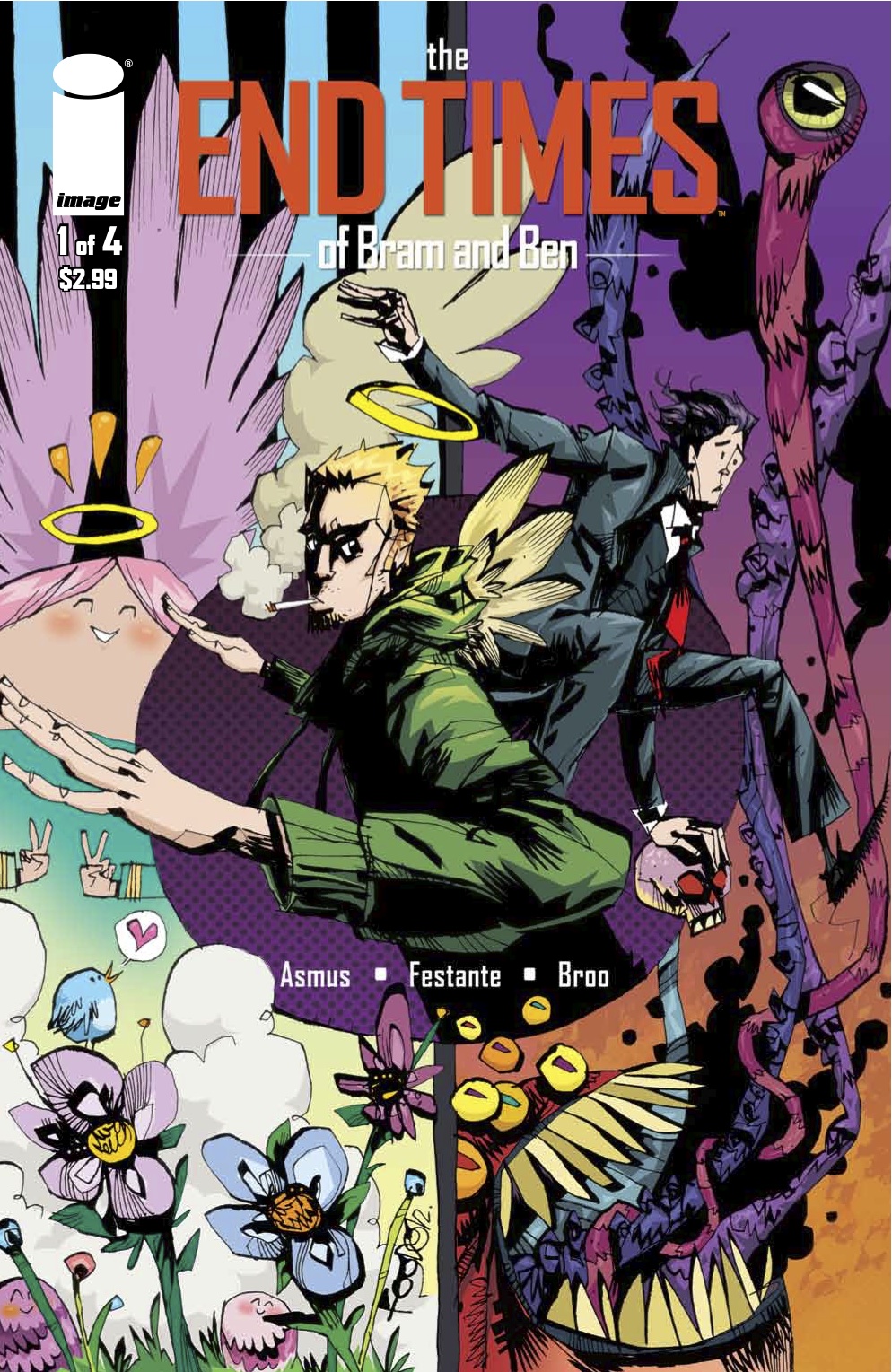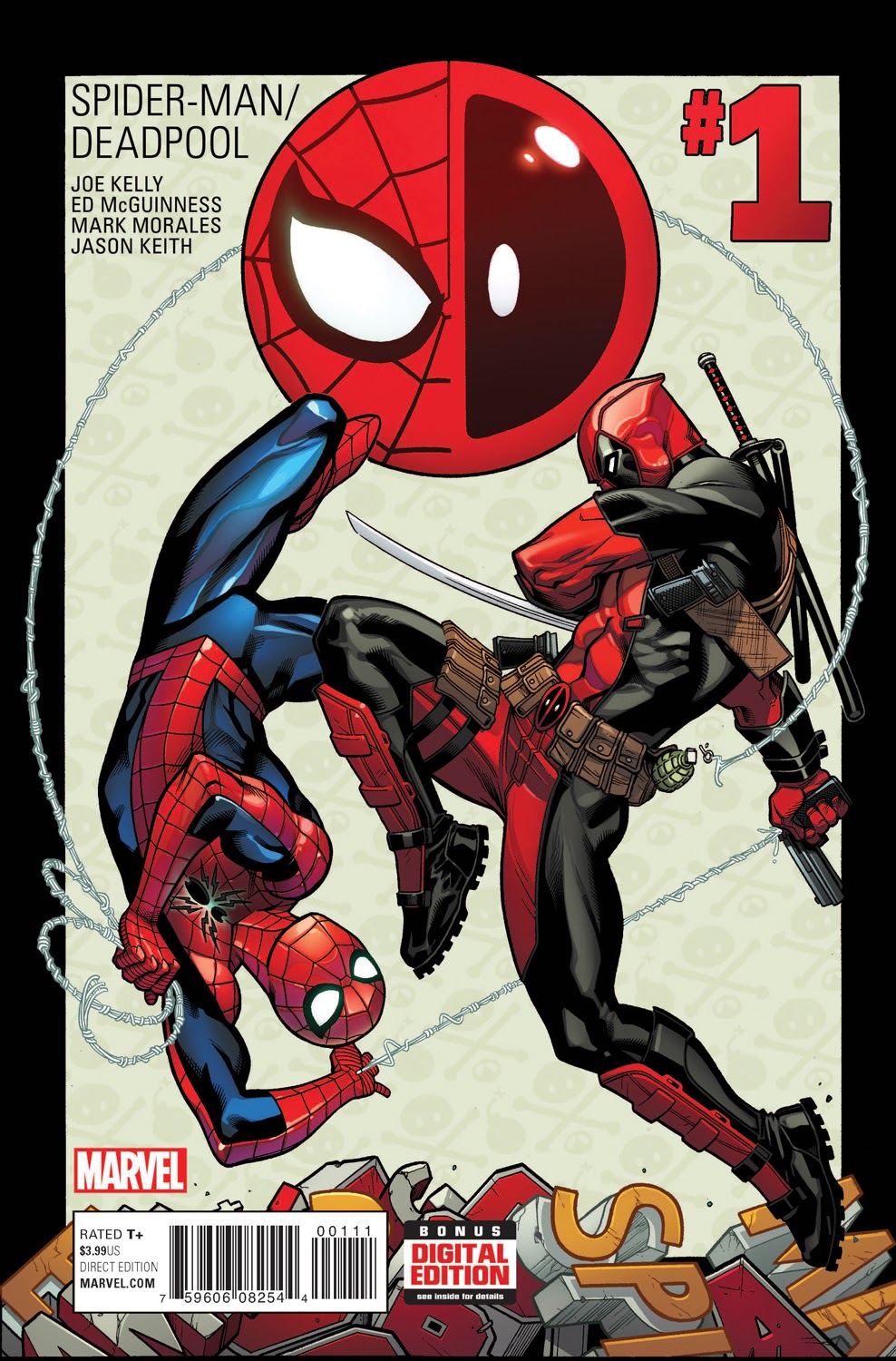Ales Kot, writer
Danijel Zezelj, drawn
Jordie Bellaire, colors
Aditya Bidikar, letters
Tom Muller, design
Reviewed by Tom Zimm
Recap
The issue begins with a pair of individuals as they review the evidence left after a bomb detonated in the middle of a party. The pair, Amanda and a male cohort, identify that the target was a group that identified themselves as queer. Law enforcement and a couple of civilian groups are considered as possible suspects. This sequence sets the tone for the book. The emotional tone is measured, their investigation is methodical; however, there is an element of anger mixed with self-righteous indignation to their approach.
The story transitions as the pair watch through a window and a bird flies away. The bird is deliberately and artistically cryptic. Later a bird lands in the arms of its handler, Huian Xing. The panel says “upstate New York”; the investigators were in LA. It feels connected…
Meanwhile Amanda and her partner discuss a potential target of their retaliation. Amanda is conscious of harming only her target. When Amanda leaves the car, her partner calls her a crazy “b..”. ? It’s unclear if this is overt hostility or a reference to Amanda’s hardcore fanaticism. Is her partner, in a way, expressing admiration for her morals within the context of vigilante behavior?
The story transitions back to Xing as she walks into a crowded bar. A couple of jolting things occur. After a short conversation with a man, he grabs her butt and she cusses him out. Later, she has a conversation with a group of women who express criticism of the media and ask Xing if she will put out for a male friend. Both serve to develop the environment as unsafe to Xing who identifies as bi-sexual and was previously in a relationship with Amanda.
The conversation is followed by an interrogation by an investigator, Peter Freeman, who asks Xing about Amanda’s affiliation with a radical group. However, Freeman expresses racist beliefs during the conversation. For example, Freeman expresses that it’s important for people to be assigned to their proper place in society based on their actual contributions. Xing labels his beliefs as similar to the work camps the Japanese were assigned to in the U.S. during WWII. Freeman states that you have to place the dregs of society somewhere. The conversation is weighty and stark in its portrayal of systemic racism that colors this world.
The story continues. Xing provides information about her relationship with Amanda and acknowledges that Amanda became a fanatic, which impacted their relationship. Freeman asks Xing if her wife is present? “Ex-wife”, Xing states. She explains that Amanda was violent with her on an occasion, while Xing was pregnant. She lost her baby and the couple split after that. Xing ends the interview with the following statements:
“She destroyed my life”
“I’m finally ready to return the favor”
Final Impressions
I recommend picking up this book. The art uses shades and colors to reinforce the tone set by the weighty social justice issues throughout. Some of these issues include relevant topics: society’s relationship with the queer community, the marginalized communities relationship with law enforcement, law enforcement perspective on immigrants, views on the media, and what being an American means from a values perspective.
These important issues occur in a show-don’t-tell way which increases the weight and relevance of the issues. The art represents the character’s authentically and with blunt honesty. The suspicion of Amanda and her partner is represented by their body posture and facial expressions as much as by what’s said, for example. Amanda’s disgust for the treatment of queers is felt and it’s authentic.
Xing’s endurance of misogyny, from a group of women as well as a man, Robbie, is blunt and in-your-face. Her experience of systemic racism from Freeman is just as stark. The writers are building a world that feels dangerous and unkind to Xing and Amanda while flushing out a very personal backstory between the two characters. I am very interested to see this story develop because of the way these important issues can be explored.











